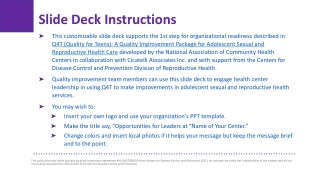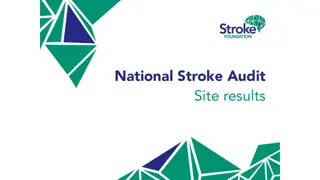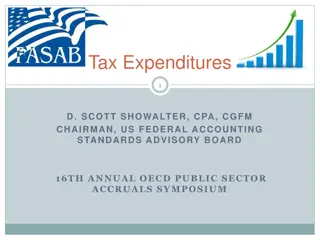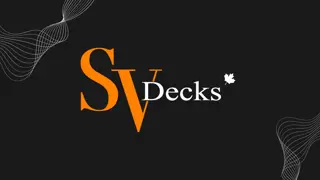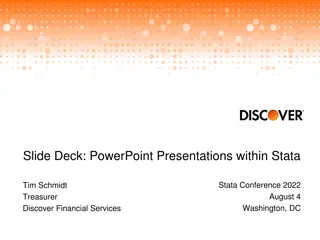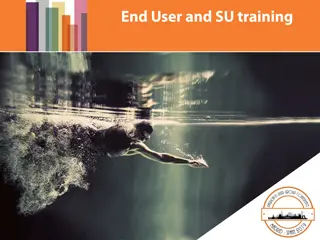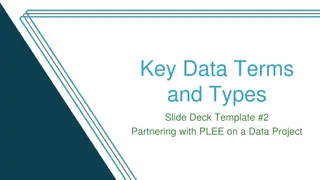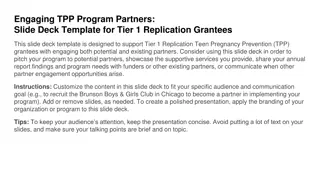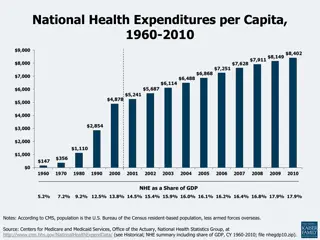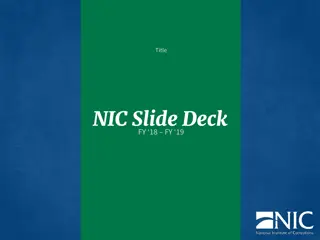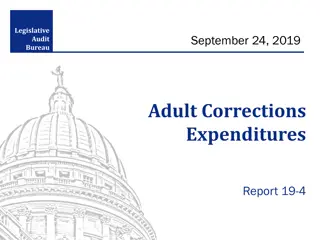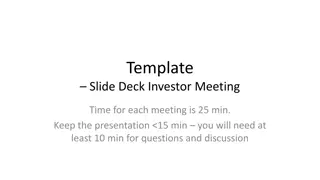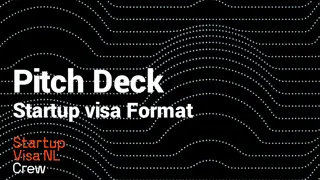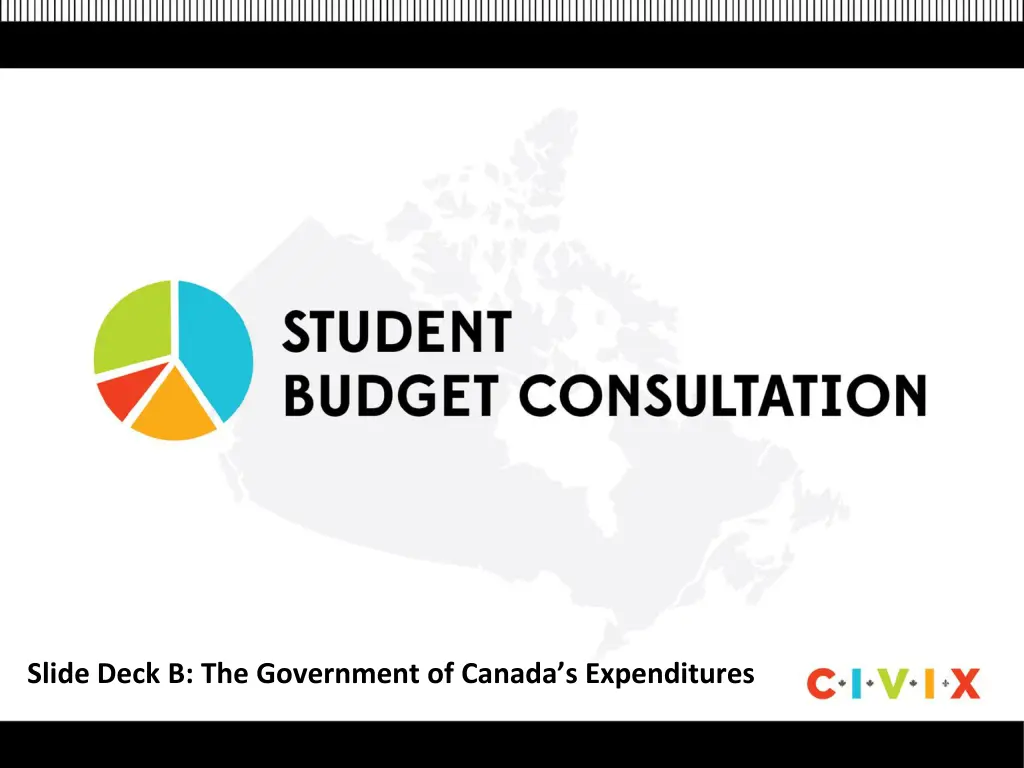
Government of Canada Expenditures: Overview and Analysis
Explore the Government of Canada's largest expenditure category, transfer payments, and learn about the recipients of these payments. Discover the various types of transfer payments, including benefits for seniors, families, and unemployed Canadians. Dive into the different transfer payments received by provinces and territories, and gain insights into the expenditures and allocations within the Canadian government's budget.
Download Presentation

Please find below an Image/Link to download the presentation.
The content on the website is provided AS IS for your information and personal use only. It may not be sold, licensed, or shared on other websites without obtaining consent from the author. If you encounter any issues during the download, it is possible that the publisher has removed the file from their server.
You are allowed to download the files provided on this website for personal or commercial use, subject to the condition that they are used lawfully. All files are the property of their respective owners.
The content on the website is provided AS IS for your information and personal use only. It may not be sold, licensed, or shared on other websites without obtaining consent from the author.
E N D
Presentation Transcript
What is the governments largest expenditure category? Transfer payments Interest on the debt Program expenses Taxes
What is the governments largest expenditure category? Transfer payments Interest on the debt Program expenses Taxes
Transfers Transfer payments are the government s largest spending category. Transfers are payments that go directly to: a) Persons b) Provincial and territorial governments c) Organizations
Which people receive transfer payments from the government? Unemployed Canadians Seniors Families All of the above
Which people receive transfer payments from the government? Unemployed Canadians Seniors Families All of the above
Transfers to Persons Elderly benefits, like Old Age Security (OAS) and the Guaranteed Income Supplement (GIS), which help seniors living on lower incomes. Employment Insurance (EI) benefits, which help Canadians who are looking for work or are unable to work, such as persons who are injured or on parental leave. Children s benefits, which help families with young children and teens, such as the Canada Child Benefit (CCB).
Which is not the name of a transfer payment received by the provinces and territories? Equalization payments Canada Health Transfer Canada Social Transfer Canada Arts and Culture Transfer
Which is not the name of a transfer payment received by the provinces and territories? Equalization payments Canada Health Transfer Canada Social Transfer Canada Arts and Culture Transfer
Transfers to Provinces/Territories These transfers support the delivery of provincial and territorial government programs. a) The Canada Health Transfer, which provides long-term funding for health programs. b) The Canada Social Transfer, which supports post- secondary education, social programs and services for children. c) Equalization and Territorial Formula Financing programs, which address economic imbalances across the country so all Canadians can receive comparable public services.
Other Transfers The final group of transfers goes to organizations through federal grants, contributions and subsidies. Farmers and food producers Foreign aid/international assistance Infrastructure/regional development First Nations and Indigenous peoples Research and development Assistance to businesses Student assistance programs Health research and promotion The arts and amateur sports Multiculturalism and bilingualism
How many federal departments and agencies are there currently? 112 67 214 338
How many federal departments and agencies are there currently? 112 67 214 338
Program Expenses These include the operating costs of the more than 200 federal bodies, including departments, agencies, and crown corporations that provide programs and services.
A fee that must be paid on money borrowed is called Debt tax Interest Tariff Debt repayment
A fee that must be paid on money borrowed is called Debt tax Interest Tariff Debt repayment
Interest Payments The final spending area is interest on the debt. The Government pays interest charges on the money borrowed over the years and not yet repaid.
Breakdown of Major Expenditures 2023-24 2024-25 Major Transfers to PersonsEmployment Insurance benefits 24.2 26.5 25.6 27.3 Canada Child Benefit 75.9 80.6 Elderly Benefits Major Transfers to Other Levels of Government 49.4 52.1 Canada Health Transfer 24.0 25.2 Equalization 16.4 16.9 Canada Social Transfer Canada-Wide Early Learning and Child Care 6.6 7.2 Program Expenses 86.4 92.8 Other transfer payments 123.7 123.1 Operating expenses Other Expenses 43.9 46.5 Public debt charges 496.9 498.2 Total Expenditures *Amounts are in billions of dollars; chart shows main expenses only numbers do not add up to total
Discussion What have you learned about the Government of Canada s expenditures? Are any expenditure amounts more than you expected? Are any expenditure amounts less than you expected? How does this influence your thinking about the federal budget?

